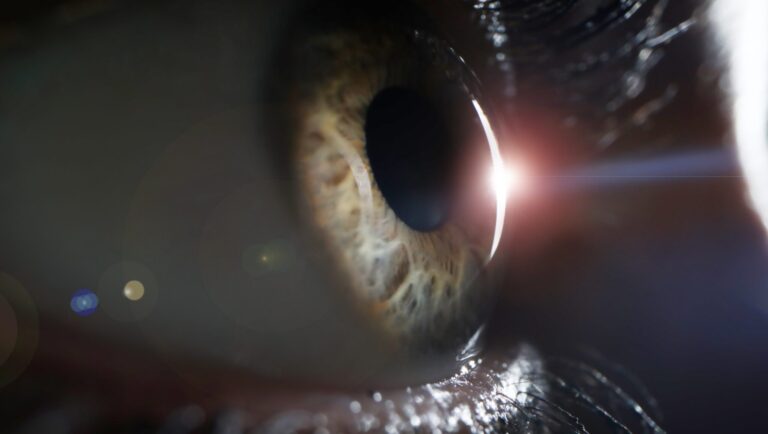
Lasik is short for Laser-Assisted in Situ Keratomileusis and this is a type of outpatient procedure for vision correction. This procedure focuses on correcting the cornea and it’s often used to deal with near and farsightedness as well as astigmatism.
The latest development of Lasik has also made it possible to provide a corrective procedure for those suffering age-related vision deterioration.
Lasik Procedure
The procedure usually takes 30 minutes and the patient is sometimes given mild anaesthesia. Drops are added to the eye before the operation so that the patient will not feel anything during the procedure.
During the operation, a tissue that covers the cornea is sliced. After the cornea is revealed it is adjusted according to the patient’s sight problem. The tissue is replaced after the adjustment and will heal naturally.
Risks
There is very little risk associated with Lasik eye surgery and complications related to Lasik can be easily corrected. Most of the problems related to the procedure starts when the patient does not follow their ophthalmologists’ instructions. In really rare cases, overcorrection, under correction and blind spots could happen. When this happens, another surgery would be required.
Results and Aftercare
More than 90% of those who went through the operation were satisfied. However, to prevent complications from happening when you’re considering this type of surgery, talk to your ophthalmologist first about the procedure. There are eye conditions that can’t be easily remedied with this type of surgery.

